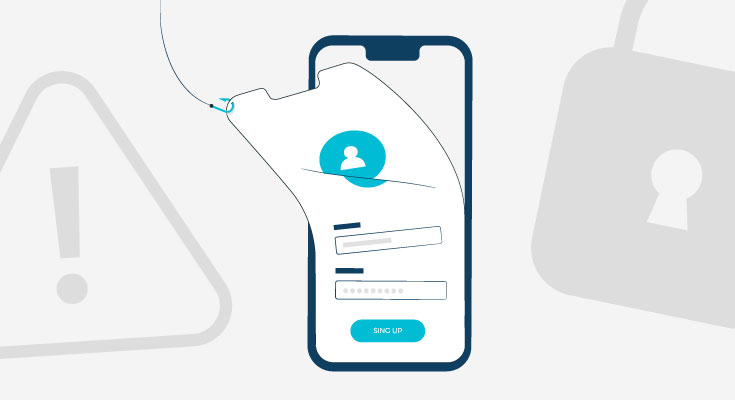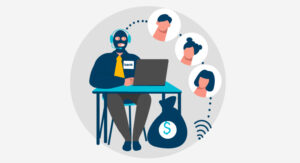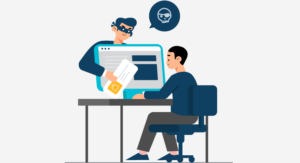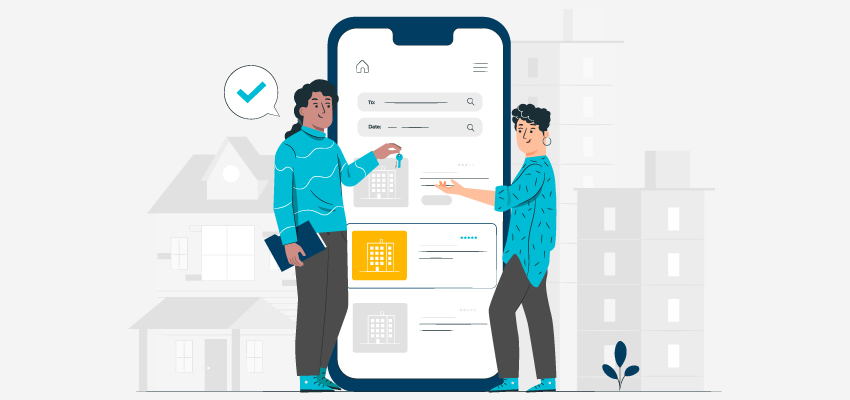What Businesses Should know about ID Fraud

It’s pretty clear now that identity fraud isn’t going anywhere, the threat of identity fraud is evolving. In the last couple of years, the number of identity fraud has grown steadily. The overall cost of identity fraud is $42 billion for businesses.
Now that the pandemic has adversely affected businesses, the threat of identity fraud seems even bigger now. With most businesses pushing towards digital transformation, the types of identity fraud are going to get bigger. Weak and inefficient digital systems developed and used by financial institutions act as a magnet for fraudsters. Businesses need to be prepared for upcoming identity fraud trends.
6 Things to Know About Identity Fraud
Businesses and financial institutions that don’t follow the common identity fraud trends. Here’s all a business should know to protect themselves against evolving fraud.
1. Fraudsters Will Continue to Develop New Methods
As more and more customers are relying on online solutions because of the pandemic, the environment is also inviting fraudsters.
Documents and biometric IDs that are presented by customers manually can’t just happen in a digital environment. It is almost impossible to check the signs of manipulation and identity fraud is more scalable online. This works in the favor of fraudsters.
Bad actors are using sophisticated methods for document fraud. In the upcoming years, there will be an increase in fraud documents and fake ID cards. That shows that fraud techniques are getting more sophisticated and the pandemic has given birth to first-time fraudsters in need of financial help.
Businesses in this digital environment face attacks from two fronts. First-time fraudsters with low-level fraud and unsophisticated techniques and experienced fraudsters with evolving types of fraud with the use of sophisticated techniques.
2. Biometric Fraud Will Soon Evolve
As of right now, businesses use AI and machine learning solutions that leverage biometric data for verifying customer identities. Current biometric fraud is simple and easy to detect using intelligent solutions. But deep fakes will make things more challenging.
Deepfakes are digital media, such as videos in which a person’s existing video/photo can be replaced by someone else’s. While this technique is mostly used by social media users to make entertaining videos. However, this can also be used for malicious activities like bypassing the ID verification systems. Sophisticated efforts like these are less common in the real world as they take up too much time and money.
Over time, with the improvement of technology, the costs will come down and biometric fraud will evolve and be hard to detect by businesses.
3. Synthetic ID Fraud Will Rise
Synthetic identity fraud is one of the biggest threats, it combines stolen information with fake details like names and addresses to create a completely new identity. Fraudsters can then use this identity to apply for loans, credit cards, and more.
In recent years, synthetic fraud has grown a lot. Data breaches in the past few years have worked as a helping hand for synthetic ID fraud. The hack of the US Census is one such example. Because of the amount of stolen customer data available online, credit and database checks won’t be good enough for verifying identity. Businesses will need to consider other methods of verification like third-party technologies.
4. Coercion Attacks will Become a Huge Concern
Coercion attacks are a huge threat for businesses as they don’t need any technical experience and are difficult to detect. Instead of stealing an identity, fraudsters persuade victims into opening legal accounts and use them for illicit activities.
To identify coercion attacks, businesses need to verify the intent of account opening which is almost impossible for humans. One sign of coercion attack is if someone else is in the shot when a biometric check is being completed, however, that’s still too big of a stretch. Businesses and ID providers need to be aware of this undetectable fraud.
5. Cash Incentives Will Continue to Increase Fraud
It seems like a thing of the past but frauds promising cash incentives continue to affect businesses. Fraudsters take advantage of a marketing campaign that promotes cash incentives. They do so by targeting bonus promotions while opening a new account, referral bonuses, or extreme currency fluctuations. Fraudsters open several accounts using an original identity but with some different details like email address and address and so on. They open the account and get the monetary perks.
6. Financial Industry is Always the Biggest Target
Out of all the industries, the financial industry was impacted the most by online fraud. The financial industry is always at risk of ID fraud, but suspicious behavior has become harder to catch because of changes in spending habits. Businesses are having trouble being able to distinguish between legit and fake users. To successfully onboard customers, businesses need proper bank account verification software that facilitates security and agility.
This is one of the main reasons why businesses are focusing more on transforming their channels. Most businesses combine machine learning with biometric verification instead of username and password. This is one method that can help in verifying between legit users and bad actors.













